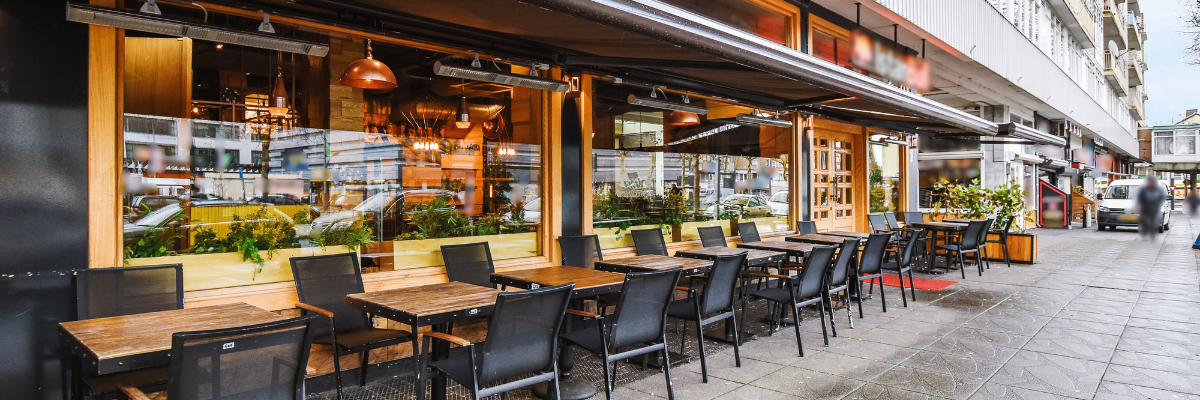Physical Security Guide

Physical security in a venue
First impressions set a standard for our expectations. Customers arriving at licensed premises, such as a bar, pub, club or restaurant are likely to notice how the queue is being managed. Is social distancing being embraced and controlled? Are reception staff or dedicated security staff operating attentively and in a friendly manner?
Positive interaction will go a long way towards setting the scene for what’s inside.
For larger, busier venues, there may be identification scanning, or particularly when considering COVID-19, a recording system as you enter. In some instances, a search may be carried out – giving customers confidence that safety measures are in place – and discouraging crime.
Once inside, customers will gain reassurance from staff wearing branded uniforms or displaying an ID badge – or both. Being clearly identified will give staff an air of authority as well as being part of a team that takes pride in being associated with the venue.
It will help customers feel that they are going to be well looked after. Most importantly, clearly identifiable staff provide a valuable point of contact for customers who may feel vulnerable and need assistance.
Bar staff will have a better field of vision operating from raised floor areas behind bars or counters further assisted with strategically positioned, toughened or laminated mirrors to increase the likelihood of enabling early intervention to avoid incidents and provide immediate support to vulnerable customers. Tills should be sited to prevent customers reaching over to access them.
Clean surfaces in bars and regular inspections of toilets will help deter drugs activities. Preventative measures on mezzanine floors will help prevent falls. Good quality safes should be fixed to a wall or floor. Intruder and hold-up alarm systems should be tested regularly.
Most customers would regard CCTV as providing additional security and reassurance whilst making life more difficult for both opportunistic and organised criminals. It is our recommendation that CCTV systems record good quality images in all lighting on a 24/7 basis, as offences can happen when venues are both open and closed. Images should be stored for at least 28 days which will assist managers or security staff to spot incidents, or if required, to support police investigate reported crime.
Cameras should be directed at key locations, such as areas like a cash handing office, high value alcohol store, computer room and cloakroom as well as gaming and vending machines. Bars, dance floors and toilet entrances should also be covered. CCTV should be positioned to avoid interference from sound, laser and strobe lighting/smoke machines.
Larger vertical drinking venues with high volumes of customers may want to provide a dedicated room for emergencies, such as to provide assistance to someone who is vulnerable or in need of urgent medical attention. Smaller venues need to have a contingency plan for such incidents.
There are many other physical security considerations, such as robust doors and windows and grilles and shutters. For advice in these specialist areas, visit another Police CPI initiative called Secured by Design.
Developed at the request of the Home Office and supported by the National Police Chiefs’ Council, Licensing SAVI is an online self-assessment which provides for the first time, consistent guidance, standards and advice that licensed premises in England and Wales need to meet the requirements of the Licensing Act 2003 and promote the four Licensing Objectives: Prevention of Public Nuisance, Prevention of Crime and Disorder, Protection of Children from Harm, and Public Safety. Many of the safety and security measures in Licensing SAVI can be introduced quickly and at little or no cost.
Licensees that complete the self-assessment will receive a Star-Rating and can apply for Licensing SAVI Accreditation and an Award, which will show their Star-Rating and can be displayed at their venue to show the efforts undertaken to enhance safety.
You can undertake the Licensing SAVI self-assessment by clicking the button below: